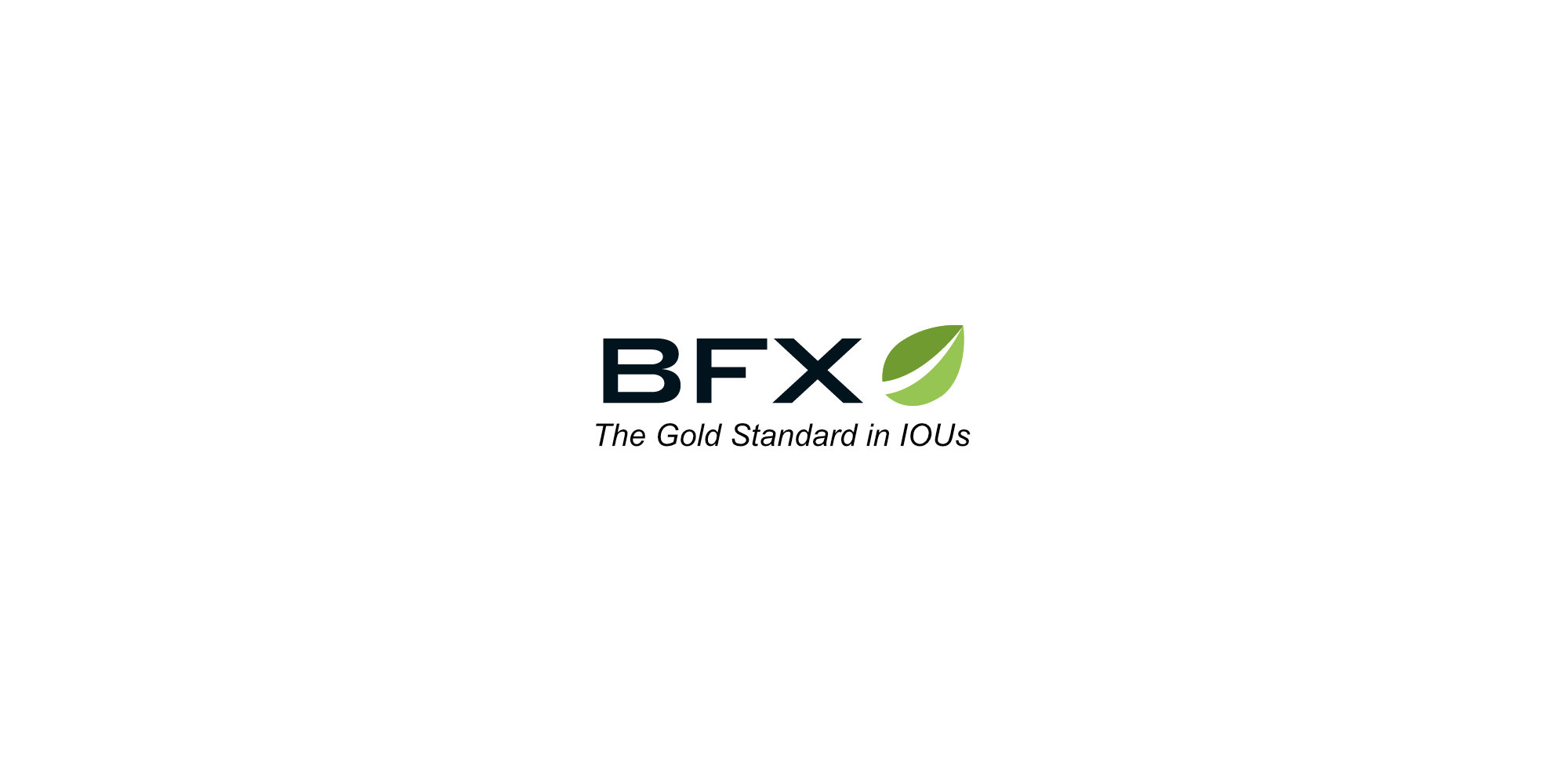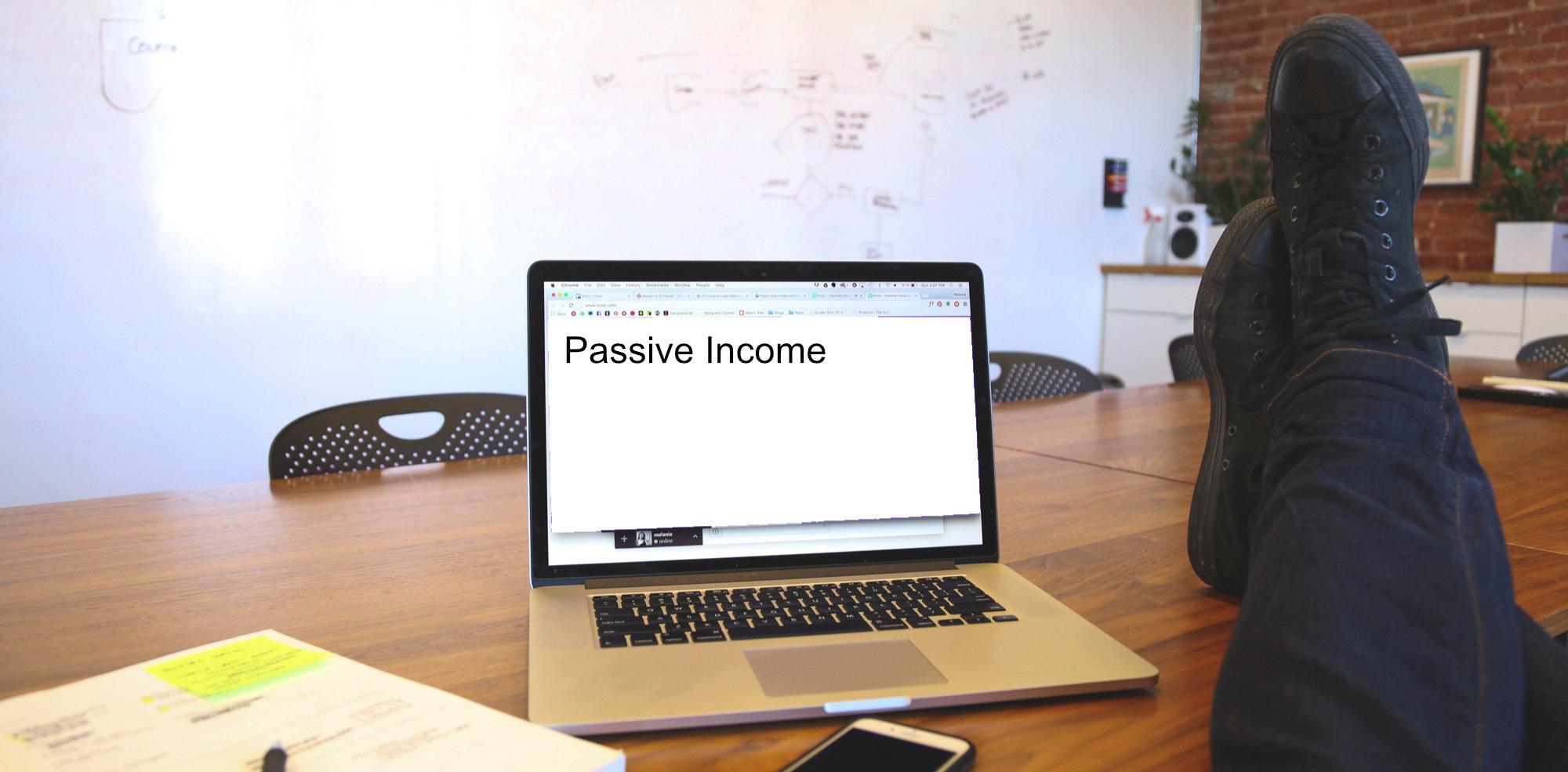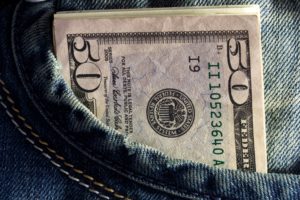
by John | Jan 15, 2017 | Learning from Mistakes, Monthly Income, Passive Income
Bitfinex was hacked back on 2 August 2016. About 36% of Bitfinex holdings were stolen. All Bitfinex account holders took a 36% loss and were issued one BFX token for each dollar-equivalent in value that was lost.
BFX tokens are basically “IOUs” specific to Bitfinex. I was issued the 313 BFX tokens since I had lost 313 dollars.
BFX tokens were then made tradable and the price plummeted from a 1 to 1 parity with the dollar down to a fraction of a dollar.
This enabled folks to close their BFX tokens and get some of their money back immediately. Or they could choose to hold onto the BFX and wait for Bitfinex to raise capital to make good on these IOUs.
I was fairly upset for a while about this hack and my loss. I withdrew the remaining 64% of my holdings from Bitfinex and I didn’t login to Bitfinex for a while.
But one of my readers informed me that he was going to be investing some more money in margin funding at Bitfinex and that got me interested again.
Plus I still had 313 BFX tokens sitting in my account.
BFX Redemptions are Slow
About a month after the hack, in September 2016, Bitfinex started redeeming BFX tokens for dollars at a 1 to 1 parity. They essentially began making good on the IOUs they’d given out.
I received $17 in BFX token redemptions between 1 September 2016 and 7 January 2017. Bitfinex most recently redeemed 2% of all outstanding BFX tokens on 10 January.
I calculate that if it took four months to get $17 back it will take over six years to get the rest back.
Because the rate of redemption is so slow I sold my BFX tokens for dollars at a rate of .55 USD per token.
I’ve started margin lending using these dollars.
Why go back to Bitfinex after their security breach cost me 36%?
My thought process is that Bitfinex was hurt so much by the last hack that they are hyper-vigilant now. They’ve implemented additional security features such as two-factor authentication and offline, cold wallets.
Bitfinex is the only game in town I’m aware of that allows users to do margin funding.
And I want to recoup my losses. As of writing the “Flash Rate of Return” for margin funding is .07% per day. So based on my calculations I should be able to get back to $313 in about 3.5 years.
That is assuming the FRR stays at or above .07% per day. Hopefully it goes up.
Bitcoin is Volatile

Bitcoin Price Projection Diagram
I think margin funding is a great way to take advantage of the popularity of Bitcoin without the exposure to BTC price fluctuations.
BTC is volatile which is something that traders like.
In January Bitcoin started around $950 went up over $1,100, then back down to roughly $800.
Do These Price Fluctuations Matter?
If I believed Bitcoin was a great long term holding I don’t think I would care about these price fluctuations. A big run-up would be a time to take some money off the table and a big drop might be a time to increase my holdings.
Some people like holding BTC and believe it will go “to the moon” but I am somewhat skeptical of Bitcoin as a currency and I don’t know that BTC will be valued higher 10 or 20 years from now than it is today.
I prefer gold over Bitcoin because it has a 3,000 year history of being valued; but as I’ve said before, you can own both (I do). I just choose to own much more gold than Bitcoin.
I still like Margin Funding
By being a margin lender (in my case with USD) I’m not exposed to Bitcoin price changes and there is a set rate of return each time funds are lent out. From a market perspective there is no BTC price risk.
There is USD debasement risk. But the main risk, as I learned, is hacks.
There is also counter-party risk but I believe Bitfinex to be a reputable company.
Of course I wish they had better security so they never got hacked in the first place but I think they handled the situation fairly well and have taken a lot of steps to increase security.
It is too bad for that folks in US are not eligible to buy BFX tokens (if I recall correctly they were selling for .33 USD at one point and are now at .59, that would have been a good trade).
Citizens of the land of the free were also not eligible to partake in the BFX token-for-equity-programs–onerous US regulations are to blame for these restrictions.
I discuss the benefits of margin funding in more detail in my article Margin Funding to Generate Passive Income. I do think that it is a market-safe way to grow wealth, but the risk of future hacks is not something to be taken lightly.
If you do decide that signing up for a Bitfinex account is right for you, use this link: Bitfinex.

by John | Jul 10, 2016 | Passive Income
Update: 2 August 2016 10:53 Eastern
Bitfinex reported it has been hacked. The website is not allowing logins.
bitfinex.statuspage.io
Coindesk is reporting that 119,756 BTC have been stolen.
http://www.coindesk.com/bitfinex-shuts-down-customer-bitcoin-stolen/
The hacking of Bitfinex brings up an additional risk that needs to be considered when investing in any type of Bitcoin enterprise. Even if the person or entity running the bitcoin exchange or bitcoin service is honest and trustworthy there is aways the risk of hacks.
Margin funding is a very exciting investment opportunity. It is offered by Hong Kong based crypto-currency exchange Bitfinex. Bitfinex allows investors to fund margin traders and earn passive income in return.
Why am I planning on growing my wealth through loans to margin traders? Because it is low risk, provides a great return, and is passive.
Brief Background on the Concept of Margin
Trading on margin means borrowing money to buy or sell a security. This increases risk and reward. For example, a trader borrows $100 and buys a share of a company for $100. The price of the share goes up to $110. The trader sells the share and makes $10 minus trade fees and the interest paid to borrow the $100.
Margin funding is simply lending the funds traders are borrowing. In exchange for loaning traders capital the lender is paid a percentage return.
Margin Funding has Limited Risk
Lending funds to margin traders is much less risky than actually trading on margin. There are three mechanisms that protect lenders: an initial equity requirement, equity maintenance requirement and finally traders can’t withdraw the borrowed funds.
1) Initial Equity Requirement
Bitfinex has a minimum initial equity requirement for margin trading. The trader must first have equity in their account equal to 30% the size of the trade they are making if the collateral is USD. The requirement is 33% if the collateral is BTC.
For example, if the account value is equal to 1,000 USD a trader could open a position equal to 3333.33 USD. [1000 * (1/.3)=3333.33]
Assuming a BTC price of 250 USD, a trader would be able to open a long or short margin position of 13.333 BTC. [3333 / 250 = 13.333 BTC]
2) Margin Maintenance Requirements
Once the trade has been made and the position is open Bitfinex enforces a margin maintenance requirement.
Lets say the price of bitcoins goes DOWN. Bitfinex doesn’t just let the trader ride the price of Bitcoin down to $0. If they did the trader would owe $2333.33 [$3333.33-$1,000].
Bitfinex has a margin maintenance requirement equal to 15%. So, for a 3333.33 position, the account value must be greater than $500. [3333.33*.15=500]
Continuing the previous example say the price Bitcoin were to reach $212.50. The trader would be sitting on a paper loss of $500. [$212.5*13.33-$3333.33]
The trader’s total account value would be down from the initial value of $1000 to $500. So the trader has reached the minimum margin requirement of 15%. The trader would then receive a “margin call” (actually an email and alert on the website) from Bitfinex and their position would be force liquidated.
This prevents a trader for losing more money than they have, so they aren’t in a situation where they owe money.
3) Traders can’t withdraw the funds borrowed
Bitfinex does NOT allow the borrowed funds to be withdrawn by the trader.
For example a trader can’t borrow $500 and then just withdraw the money and disappear.
The funding lent to a trader serves only to open margin positions. The actual funding always stays in either the funding provider’s account or on the exchange as part of a position.
Margin Funding Provides a Great Return
 Most bank accounts pay less 1% if they pay anything at all. It’s paltry and it doesn’t even keep up with the rate of inflation.
Most bank accounts pay less 1% if they pay anything at all. It’s paltry and it doesn’t even keep up with the rate of inflation.
As you would expect market rate for margin funding on Bitfinex fluctuates. I’ve made between .05% and .07% per day lending. Although .05% (.0005) daily interest might not sound like a lot, compounded on a regular basis it is very good. If one were to invest $100 it would be worth about $120 at the end of the year or a 20% annual return. [11 December 2016 Update: Bitfinex charges a 15% fee on interest earned via margin funding, that is not included in this calculation.]
If you know a bank that will pay 20% let me know.
Margin Funding Provides Passive Income
You can setup Margin Funding on Bitfinex and walk away. I check up on it every now and again but it is passive income. Passive income is one of my five investment goal categories.
Bitcoin Price Fluctuations
There are several options when funding margin traders on Bitfinex. You can fund them in USD, BTC, LTC (Litecoin) or ETH (Ether). Funding in USD eliminates bitcoin price fluctuation risk (and the potential for reward if the price of Bitcoin appreciates).
Lending in USD makes the most sense to me right now for three reasons.
1) The large run up in Bitcoin price in 2016
If Bitcoin were to sell off I might be tempted to start loaning in BTC. Right now BTC seems a little rich and could be due for a correction.
2) I have exposure to Bitcoin elsewhere
I already have exposure to Bitcoin and I don’t want to increase my exposure to BTC price fluctuations more than I already am.
3) USD margin funding pays a much higher return
Do you want a higher return on the funds you lend out and lower risk of Bitcoin price fluctuations, or do you want a lower return on the funds lent in exchange for the possibility of Bitcoin appreciating (while accepting the risk Bitcoin could drop)? I favor the higher return.
I’ve already made my first loans, or as Bitfinex calls it Margin Funding. The user interface of Bitfinex is a little confusing, and it seems like you have to move money around three different wallets several times to go from BTC to USD then provide margin funding. I highly recommend reading the step-by-step Bitfinex lending guide over at bitcoinpassiveincome.com. [11 Dec 2016 Update: Lending guide seems to have been removed.]
Do your own research and make your own decision if Margin Funding on Bitfinex is right for you. I’ve determined it is a solid investment that is suitable for me.
If you do decide to sign up for Bitfinex you can support this site by signing up through my affiliate link: https://www.bitfinex.com/?refcode=IuO4E6gXkj.




 Most bank accounts pay less 1% if they pay anything at all. It’s paltry and it doesn’t even keep up with the rate of inflation.
Most bank accounts pay less 1% if they pay anything at all. It’s paltry and it doesn’t even keep up with the rate of inflation.